"The legend of the white wolf" -- handed down to this day since the founding of Misasa Onsen more than 850 years ago.
Kabu-yu -- a hot spring whose location is said to have been revealed by the Myoken Bodhisattva as thanks for sparing the life of a white wolf. 。
"During the Heian Period, Samanosuke Okubo, a retainer of Minamoto no Yoshitomo (the father of Minamoto no Yoritomo), while making a pilgrimage to Mt. Mitoku and other sacred sites in the San'in region, came across an old white wolf.
Thinking that the beast may in fact be an incarnation of a god, Okubo left the animal alone and let it get away.
That night, Samanosuke was visited in his dreams by the Myoken Bodhisattva. To thank him for sparing the life of the white wolf, the Bodhisattva told Samanosuke of the location of a hot spring.
At this spot, the hot waters well up from under the roots of a camphor tree. This was the beginning od Misasa Onsen and the origin of the name ""kabu-yu"" derives from this (""kabu"" means stump and ""yu"" means hot water)."
Misasa Onsen -- List of constituent cultural properties
-

Misasa Onsen
Since the revealing of the location by a white wolf to a pilgrim on his way to Mt. Mitoku, this place has been the "base camp" for worshippers to visit Mt. Mitoku. Here, pilgrims refresh body and soul and heal the six senses -- sight, hearing, smell, taste, touch, and spirit.
-
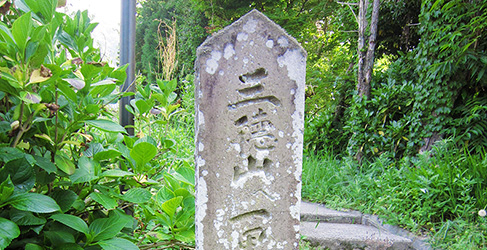
Stoneworks along the Mt. Mitoku Pilgrimage Routes
The trail markers, stone statues, and torii gates lining the pilgrimage routes have been constructed by the local populace. They tell the backstory of the local people's faith in Mt. Mitoku and provide a link between Mt. Mitoku and Misasa Onsen.
-
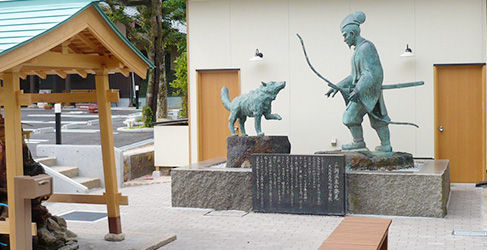
Kabu-yu
Town historic site
The source of the waters of Misasa Onsen represents the "taste" and "smell" elements of the Healing of the Six Senses. Located in the same district as Kabu-yu, the famous Kawara Bath is another of the symbols of Misasa Onsen. The "incense of the waters" that rises with the steam from the baths is said to cause premonitions of the pilgrimage up Mt. Mitoku. Water from the springs is said to have medicinal benefits, and many people drink it to cleanse the body from the inside.
-
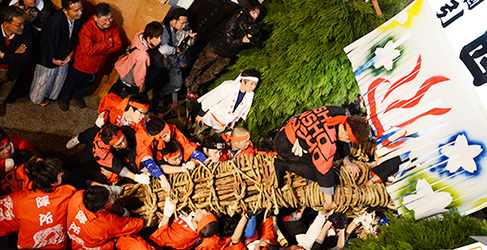
Misasa Jinsho (Tug-of-War Festival)
Important Intangible Folk Cultural Property
The "sight" element of the Healing of the Six Senses is a heroic tug-of-war that takes place between two teams divided into east and west. This folk ritual is performed with fuji-kazura trees cut from the hallowed grounds of Mt. Mitoku. The distinctive shape of the rope formed from the fuji-kazura trees represents a harmonizing of people with nature.
-
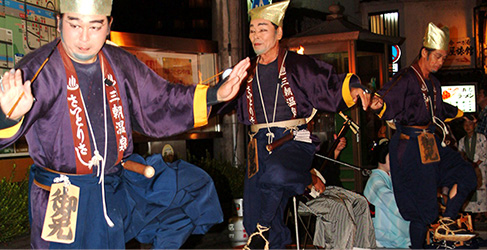
Saitori-sashi
Prefectural Intangible Folk Cultural Property
The "hearing" and "touch" elements of the Healing of the Six Senses are represented by traditional performing arts. The kyogen-style dances set on Mt. Mitoku show how the connection with the mountain was instilled in the local people.
-
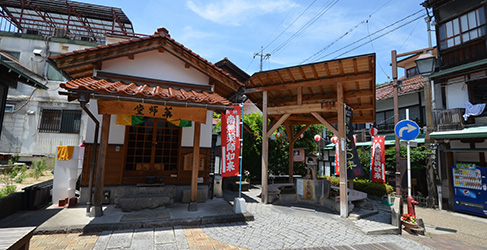
Wooden sitting statue of Bhaisajyaguru
This wooden statue is enshrined in the Yakushido, and provides evidence of the connection between Mt. Mitoku and Misasa Onsen. Known as "Yu-yakushi" or the "Healing Buddha of the Hot Waters", the statue symbolizes Mt. Mitoku and is the starting point for the pilgrimage trail to the mountain. The statue was originally located at Mt. Mitoku before being moved to its current location.


